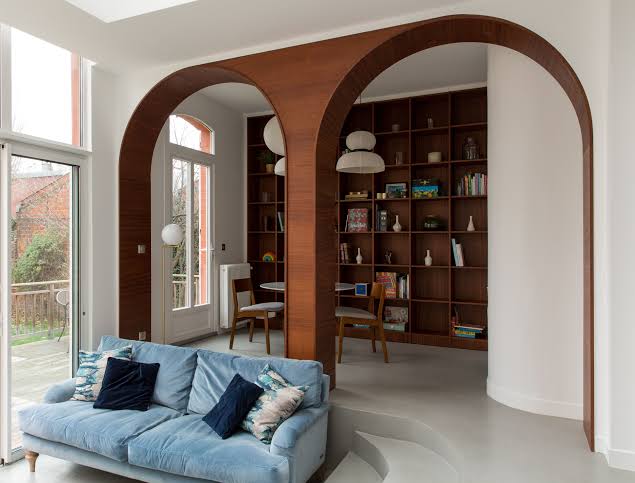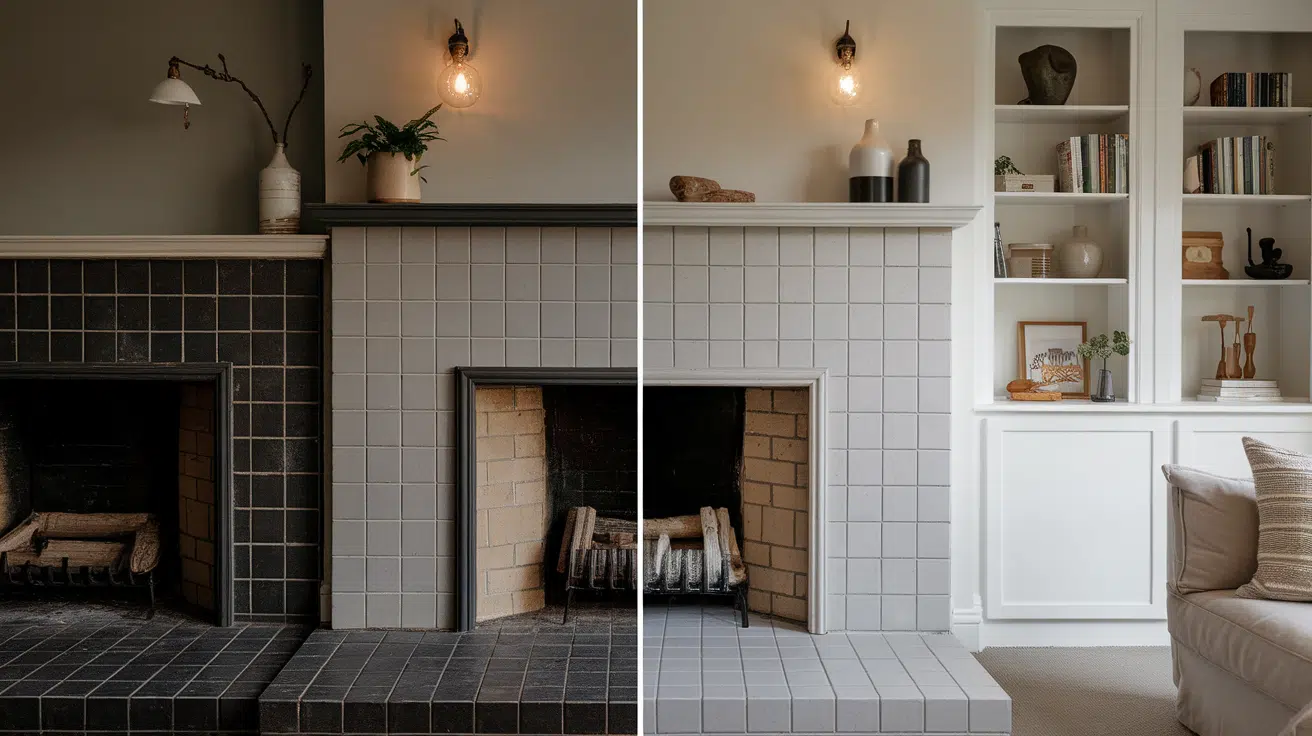The Role of Door Hardware in Commercial Interior Design
Door hardware is an integral part of commercial interior design. Beyond its practical use, it contributes to the functionality, safety, and overall aesthetic of a space.
For businesses, selecting the right door hardware is crucial for creating a professional and efficient environment.
This article explores the importance of door hardware in commercial spaces and how it impacts design, safety, and usability.
Functional Importance of Door Hardware in Commercial Spaces
Door hardware plays a vital role in ensuring that commercial spaces remain functional and user-friendly. Choosing reliable options like Yale commercial hardware can help businesses enhance safety, compliance, and convenience for all users.
Accessibility and Compliance
One of the primary functions of door hardware in commercial settings is to ensure accessibility. Businesses must adhere to regulations, such as the Americans with Disabilities Act (ADA), which requires doors and handles to be easy to operate for all individuals.
Choosing levers, locks, and handles that accommodate diverse users promotes inclusivity and ensures compliance with legal standards.
Security and Durability
Security is another vital factor in door hardware selection. Commercial spaces often experience high foot traffic, making it essential to choose materials and locking mechanisms that can endure constant use. Durable materials such as stainless steel or brass are common choices, as they offer long-lasting performance while maintaining a professional appearance.
Advanced locking systems, such as deadbolts or electronic locks, can enhance security in offices, retail spaces, and other business environments. These options not only prevent unauthorized access but also provide peace of mind for employees and customers.
The Aesthetic Role of Door Hardware in Design
Aesthetics are an essential consideration in interior design, and door hardware serves as a small yet significant element that can elevate the look of a commercial space. By blending design with practicality, businesses can create cohesive interiors.
Complementing Design Themes
Door hardware significantly impacts the visual harmony of a space. Its design should align with the overall theme of the building, whether modern, industrial, or traditional.
Matching door hardware finishes with lighting fixtures, furniture, and cabinetry creates a cohesive look, elevating the appeal of the space.
For instance, sleek chrome finishes work well in modern office spaces, while antique brass can add a classic touch to more traditional interiors. These small details enhance the overall design without overwhelming the space.
Material and Finish Options
The material and finish of door hardware can set the tone for a space. Businesses can select materials such as stainless steel, bronze, or even glass, depending on the intended atmosphere. Matte finishes are often preferred in minimalist designs, while polished finishes can bring a sense of refinement.
Proper selection of materials ensures that the hardware not only looks good but also stands up to wear and tear. This balance between aesthetics and practicality makes door hardware an essential consideration in design planning.
Emerging Trends in Door Hardware Technology
Innovative technologies have transformed door hardware, introducing features that go beyond basic functionality. These advancements are particularly appealing for modern commercial spaces focused on efficiency and security.
Smart Door Hardware
With advancements in technology, smart door hardware has become a key trend in commercial interior design. Businesses are integrating IoT-enabled systems, such as smart locks, to enhance security and convenience. These systems allow remote access control and monitoring, which is particularly useful for managing large or multi-site facilities.
Biometric and Touchless Solutions
Biometric systems and touchless hardware are gaining popularity, especially in environments where hygiene is a concern. Touchless handles and locks reduce the need for physical contact, promoting cleanliness in public and shared spaces. Biometric solutions, such as fingerprint recognition, offer enhanced security and eliminate the need for keys or access cards.
Enhancing Usability with Thoughtful Door Hardware Selection
Usability is a cornerstone of functional design, particularly in high-traffic commercial spaces. Choosing the right hardware ensures that doors are easy to operate for everyone, enhancing the overall user experience.
Ergonomics and Ease of Use
In commercial spaces, usability is a critical factor in door hardware design. Hardware such as levers and push bars are preferred over traditional knobs for their ease of operation.
Ergonomically designed handles reduce strain and accommodate a wide range of users, from employees to visitors.
This consideration is especially vital in facilities like hospitals, where quick and effortless operation of doors is essential.
Proper placement of handles and locks further enhances usability. For example, ensuring that hardware is at an accessible height can make a significant difference in user experience, particularly for individuals with mobility challenges.
Door Hardware as a Branding Element
Beyond functionality, door hardware can act as a subtle extension of a brand’s identity. Thoughtful selection allows businesses to align their design choices with their image and values.
Reflecting Business Identity
Door hardware can serve as a subtle yet effective branding tool in commercial interior design. Custom-designed hardware, engraved logos, or distinctive finishes can communicate the brand’s identity and values.
For example, luxury retailers might choose elegant brass handles, while tech companies may opt for minimalist and modern designs that align with their innovative image.
Creating Memorable Impressions
The first impression of a commercial space often begins at the entrance. Well-designed door hardware sets the tone and gives visitors a sense of what to expect inside. For businesses seeking to establish themselves as professional or forward-thinking, investing in high-quality hardware is a small yet impactful decision.
Maintenance and Longevity
Proper maintenance ensures that door hardware remains functional and visually appealing over time. By prioritizing upkeep, businesses can avoid disruptions and extend the life of their hardware.
Choosing Low-Maintenance Options
Commercial spaces require door hardware that is not only durable but also easy to maintain. High-traffic environments benefit from materials that resist wear, such as stainless steel or anodized aluminum.
These materials are not only long-lasting but also retain their appearance with minimal upkeep, reducing maintenance costs over time.
Routine Inspections and Repairs
Regular inspection and maintenance of door hardware are crucial to ensure its proper functioning. Loose handles, misaligned locks, or squeaky hinges can disrupt operations and leave a negative impression.
Scheduling routine checks and promptly addressing any issues can extend the lifespan of hardware and maintain a seamless user experience.
Sustainability in Door Hardware Choices
Sustainability is becoming a vital consideration in commercial design. By focusing on eco-friendly options, businesses can reduce their environmental impact while maintaining high standards of functionality.
Eco-Friendly Materials
Sustainability is becoming a key consideration in commercial interior design. Businesses are increasingly opting for door hardware made from recycled or sustainably sourced materials. These choices align with green building practices and demonstrate a commitment to environmental responsibility.
Energy Efficiency and Insulation
Door hardware can also contribute to energy efficiency. Hardware such as seals and automatic closers help maintain indoor temperatures, reducing the load on heating and cooling systems. This not only lowers energy costs but also supports sustainability goals.
Conclusion
Door hardware plays a multifaceted role in commercial interior design, bridging functionality, aesthetics, and innovation. From ensuring accessibility and security to complementing design themes and integrating advanced technologies, its impact is far-reaching.
Thoughtful selection of door hardware enhances usability, aligns with branding, and contributes to the long-term success of a space.
By prioritizing quality, sustainability, and user experience, businesses can create environments that are not only efficient but also inviting and visually appealing.







